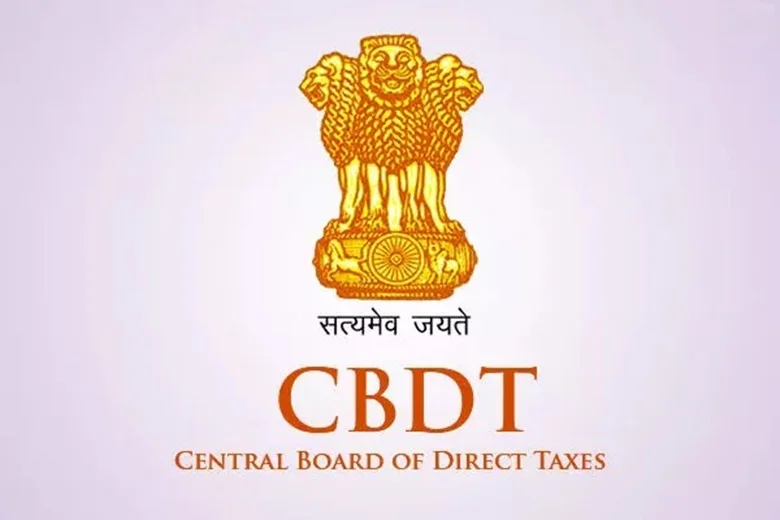Last Updated on November 20, 2025 6:43 pm by BIZNAMA NEWS
R. Suryamurthy
The Central Board of Direct Taxes (CBDT) has overhauled the Capital Gains Accounts Scheme (CGAS), 1988, in a sweeping push to modernise one of the tax system’s most paper-heavy compliance processes. The Capital Gains Accounts (Second Amendment) Scheme, 2025 — notified on Wednesday and effective immediately — brings electronic payments, digital documentation and online account management to the fore.
The changes are expected to ease compliance for taxpayers who park their capital gains in designated accounts to claim exemptions under the Income-tax Act.
Digital Payments Become the Norm
At the heart of the amendment is the formal introduction of “electronic mode” for making deposits. Taxpayers can now fund their CGAS accounts using credit and debit cards, net banking, IMPS, UPI, RTGS, NEFT and BHIM Aadhaar Pay.
Crucially, the date of deposit — which determines eligibility for exemption — will now be the date the Deposit Office receives the electronic payment along with the application, subject to successful realisation. The rule replaces older norms built around cheques and demand drafts.
Tax experts say the shift reflects how taxpayers actually transact today. “It is a major move in recognising new-age payment modes,” said Lakshmi Sankar, Executive Director at Nangia Group. “The clarification on the effective date of payment is a welcome move. Electronic statements of account now hold significance similar to a passbook.”
Wider Scope, Broader Bank Network
The amendment also expands the scope of CGAS by including deposits made to claim exemptions under Section 54GA, which covers capital gains arising from shifting an industrial undertaking from an urban area to a Special Economic Zone.
Another key change concerns where CGAS accounts can be opened. Previously, the scheme was largely limited to branches of State Bank of India and a few notified banks. Now, any banking company as defined under the Banking Regulation Act, 1949 — if specifically authorised by the Central government — can act as a Deposit Office.
“This expansion from a narrow set of banks to all authorised banking companies is significant,” Sankar added. “It will make the scheme far more accessible.”
E-Statements, E-Closures, E-Everything
The new rules bring electronic documentation on par with physical records. Taxpayers may now use electronic statements of account — not just physical passbooks — for withdrawals, transfers and other procedures.
The digitisation push culminates in a mandatory electronic closure system. From April 1, 2027, closing a CGAS account through Forms G or H will have to be done online, authenticated with either a digital signature certificate (DSC) or an electronic verification code (EVC).
The Income-tax Department’s Systems Directorate has been empowered to specify the filing procedures, the architecture of the EVC system, and secure archival norms.
Commenting on the move, Amit Maheshwari, Tax Partner at AKM Global, said the overhaul marks a clear transition from paper to technology. “From recognising UPI and card-based payments to mandating digital signatures for closure, the changes will facilitate a shift from a cheque-driven process to a streamlined digital framework,” he said. “Overall, it modernises the way taxpayers avail capital gains exemptions.”
A Long-Awaited Update
For decades, CGAS has been viewed as an outdated structure sitting uncomfortably within an otherwise digitising tax ecosystem. The latest amendment, by widening access, recognising modern payment modes and formalising electronic workflows, signals an attempt to align the scheme with contemporary banking habits.
The reforms take effect immediately, except for the e-closure mandate, which is slated for 2027 — giving banks and taxpayers time to transition.

